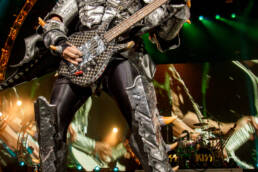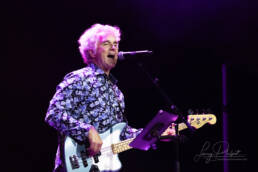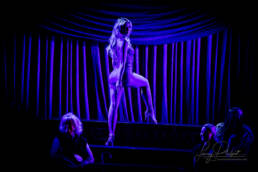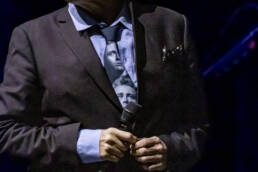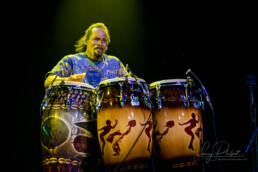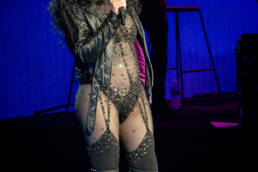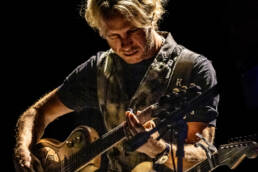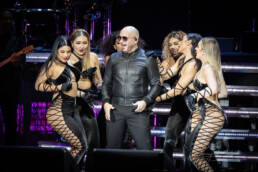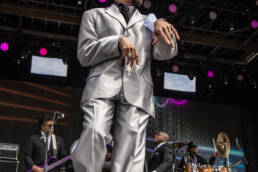Barry Manilow: The Brooklyn Boy Who Made Hearts Sing
Picture a kid in a cramped Williamsburg tenement, 1940s Brooklyn alive with horns and hustle, his fingers dancing across a rickety accordion while his mom hummed along. For Barry Manilow, music wasn’t just a career—it was a refuge, a way to rise above a fractured childhood and shine a light brighter than the city’s neon. What drove him to pursue it? It was the magic he felt hearing Sinatra on the radio, the thrill of crafting a melody that could lift a room, and a quiet vow to prove a shy Jewish boy from the wrong side of town could make the world swoon. That spark turned Barry Alan Pincus into a pop icon whose songs still melt hearts decades later.

From Tenements to Tin Pan Alley
Born June 17, 1943, in Brooklyn’s rough-and-tumble Williamsburg, Barry’s early life was jagged. His father, Harold Pincus, a truck driver, split when Barry was two; his mom, Edna Manilow, a secretary, struggled with depression and alcoholism, leaving scars. Raised by Edna and grandparents Joseph and Esther—Russian-Jewish immigrants who gifted him that accordion at seven—Barry found solace in sound. At 13, his stepfather, Willie Murphy, brought jazz records home, igniting a lifelong love. He aced music at Eastern District High, then Juilliard, paying bills with mailroom gigs at CBS.
By his 20s, he was a jingle king—Pepsi, Band-Aid, McDonald’s (“You Deserve a Break Today”)—honing his craft in Manhattan’s Brill Building scene. Married briefly to high school sweetheart Susan Deixler (1964-1966), he kept climbing, arranging for Ed Sullivan shows and conducting for cabaret acts. It was a 1971 gig backing Bette Midler that flipped the script—her “Boogie Woogie Bugle Boy” hit big, and Barry’s star began to rise.
A Career of Crooning and Chart-Topping
Barry’s solo career exploded with Mandy (1974), a reworked Brenda Reid tune that hit No. 1 and launched Barry Manilow II. He’s mostly a lone wolf—no fixed band—but his peak ‘70s-‘80s lineup leaned on session pros like Debra Byrd (backing vocals), Will Lee (bass), Steve Gadd (drums), and Richard Tee (keys), with orchestras swelling his live shows. Albums like Tryin’ to Get the Feeling (1975), This One’s for You (1976), and Even Now (1978) churned out hits—15 million sold worldwide by 1980. The ‘80s brought If I Should Love Again (1981) and Vegas residencies; the ‘90s saw Showstoppers (1991) and jazz turns like Singin’ with the Big Bands (1994).
Side projects? He produced for Dionne Warwick, Nancy Wilson, and Midler. His Barry Manilow Big Band flared briefly in the ‘90s. Relationships? His 2014 marriage to manager Garry Kief—kept secret since 1978—made waves when outed in 2017; an earlier bond with Linda Allen fizzled in the ‘80s. He’s duetted with Midler (“Copacabana” live), Rosemary Clooney, and Kid Creole. On screen, he’s hit The Tonight Show, starred in Copacabana (1985 TV movie), and voiced in Family Guy. His tunes grace The Masked Singer and Glee.
Awards pile high: Grammy for Best Male Pop Vocal (“Copacabana,” 1979), two Emmys (variety specials, 1977, 2006), Tony for Barry Manilow on Broadway (1977), and Clio Awards for jingles. He’s got a Hollywood Walk of Fame star (1980) and Songwriters Hall of Fame nod (2002)—no Rock Hall yet, but fans clamor.
Here’s a rundown of his biggest hits:
- “Mandy” – Written by Scott English and Richard Kerr, this 1974 No. 1 launched him.
- “Copacabana (At the Copa)” – Co-written by Barry, Bruce Sussman, and Jack Feldman, this 1978 No. 8 is a disco epic.
- “I Write the Songs” – Penned by Bruce Johnston, Barry’s 1975 No. 1 won hearts (ironically, he didn’t write it).
- “Can’t Smile Without You” – Crafted by Chris Arnold, David Martin, and Geoff Morrow, this 1978 No. 3 oozes schmaltz.
Controversy in the Spotlight
Barry’s dodged tabloid filth, but shadows linger. His 2017 coming out—forced by a National Enquirer leak—sparked debate; fans cheered, critics sneered he’d “hidden” too long. A 1989 People cover flaunting his “new face” fueled plastic surgery rumors—he’s admitted to “tune-ups,” joking, “I’m still me, just tighter.” In 2003, a stalker, John Barone, broke into his Palm Springs home—Barry wasn’t there, but it rattled him into tighter security. His 2020 COVID cancellations irked some ticket holders, though he streamed freebies to soften the blow. Still, he’s kept it classier than most.
A Night of Tears and Triumph: Radio City, 1978
Let’s rewind to June 22, 1978, at Radio City Music Hall—a 6,000-seat Art Deco palace, Barry’s first headlining run there, riding Even Now’s wave. Decked in a white suit, he strode out, piano gleaming, and kicked off with “Ready to Take a Chance Again.” The crowd—housewives, teens, graying romantics—sang every word. Mid-set, “Weekend in New England” hit, and a lighting rig sparked—smoke curled up, techs scrambled. Barry quipped, “Guess I’m too hot tonight!” and kept crooning, unfazed, as fans laughed through jitters.
Then came “Can’t Smile Without You.” He’d barely sung “You know I can’t smile…” when a woman in row five wailed—a loud, keening sob. Barry paused, mid-chord, and leaned into the mic: “Hey, honey, you okay down there?” She nodded, mascara-streaked, and yelled, “I just love you!” He grinned—“Love you too”—and restarted, softer, sweeter, the room swaying like a lullaby. By the end, half the place was misty-eyed; he closed with “Copacabana,” sequins flashing, disco beats thumping past curfew. “That night,” he told Billboard later, “I felt every heart in there—I’ll never forget it.” Bootlegs call it “The Crying Gig”—a schmaltzy, electric love-in that cemented his reign. Backstage, Midler, in the wings, hugged him: “You’re the king of sap, Barry, and I mean that nice.”
Barry Manilow’s saga is a Brooklyn ballad—rags to riches, heartbreak to harmony. From jingle hustler to Vegas titan, he’s penned a soundtrack for the sentimental. Catch him live in 2025, and you’ll still hear that piano purr, tugging strings you didn’t know you had.
